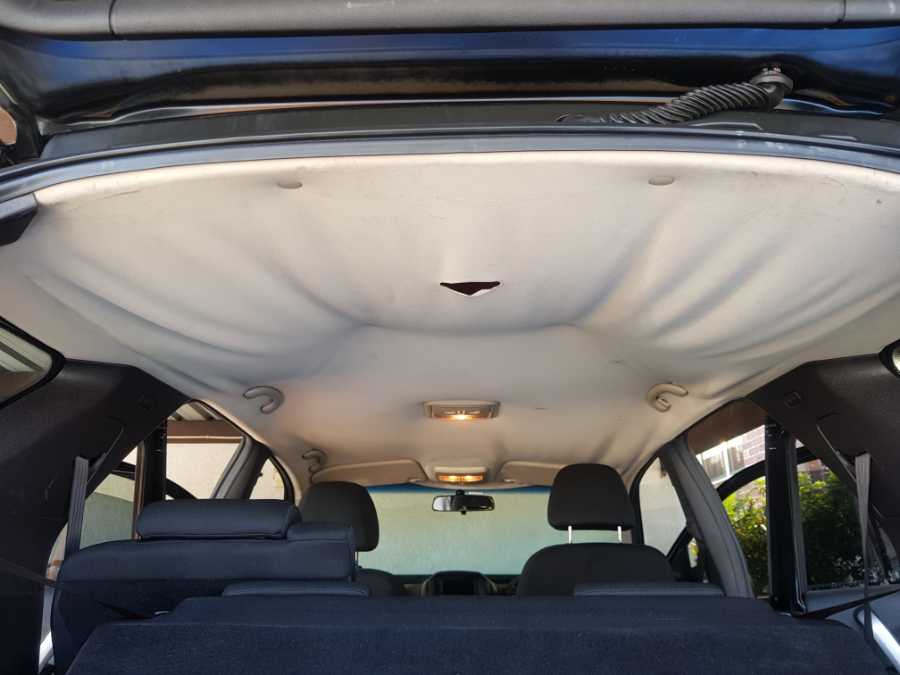Why the check engine light comes on
All modern vehicles have at least one computer to run the engine and transmission. Those computers take in data from sensors like the intake air temperature sensor, oxygen sensor(s), engine coolant temperature sensor, manifold absolute pressure sensor, and the mass airflow sensor.
Something is wrong with the data or the circuit and that’s why the check engine light comes on
Based on all the data coming in, the computer determines the following:
1. Is the circuit to the sensor in proper condition (are the wires intact; is it receiving the reference voltage and ground)
2. Is the data coming from the sensor what the computer expects to see based on how the computer has calculated the air and fuel mixture and transmission settings?
If the computer determines that there’s a problem with the circuit, it will immediately set a trouble code in memory and turn on the check engine light. However, if the data is off, the computer will retest the system several times to make sure it’s not a temporary fluke. If the system fails the test multiple times, the computer will store a trouble code and turn on the check engine light.
Can you still drive with a check engine light on?
In most cases, yes. If the check engine light isn’t flashing and your vehicle is driving normally, you can continue driving until you have an opportunity to get it into a shop to be diagnosed.
However, if the check engine light is flashing, that’s an indication of a serious misfire that could cause expensive damage to your vehicle’s catalytic converter. Converter replacement can cost thousands. So if your check engine light is flashing and you can’t get it to stop flashing by backing off on the accelerator pedal, pull over can get it towed to a shop. A tow will cost a lot less than a new catalytic converter.
What are the most common causes of a check engine light coming on?
Misfires, caused by ignition, fuel or mechanical problems
Emissions issues caused by leak in the evaporative emissions system or exhaust system
Air/fuel related problems caused by air/vacuum leaks or faulty oxygen sensors
How much does it cost to get a check engine light issue diagnosed?
Most shops charge a minimum one hour diagnostic fee to determine the cause of the check engine light. Many DIYers think that a diagnostic is as simple as polling the computer to see what codes are stored. That’s wrong. Only a hack technician would make a diagnosis with just the code.
Finding the code is just the starting point for the diagnosis
The biggest mistake DIYers make when doing their own diagnostics is to automatically replace whatever sensor is mentioned in the code. If a code refers to a sensor circuit issue and you replace the sensor, you’ll probably still have the same trouble code because you haven’t properly diagnosed and fixed the circuit issue, which is usually caused by a bad connection.
How are the trouble codes read?
On vehicles made after 1996, an industry standard OBDII code reader or scan tool can read the stored codes. The codes are arranged into 4 categories
Powertrain (P) related codes
Body (B) related codes
Chassis (C) related codes
Network (U) related code
Powertrain “P” codes
P0xxx – Generic
P1xxx – Enhanced / Manufacturer-specific
P2xxx – Generic
P30xx-P33xx – Enhanced / Manufacturer-specific
P34xx-P39xx – Generic
Chassis “C” codes
C0xxx – Generic
C1xxx – Enhanced / Manufacturer-specific
C2xxx – Enhanced / Manufacturer-specific
C3xxx – Generic
Body “B” codes
B0xxx – Generic
B1xxx – Enhanced / Manufacturer-specific
B2xxx – Enhanced / Manufacturer-specific
B3xxx – Generic
Network “U” Communication codes
U0xxx – Generic
U1xxx – Enhanced / Manufacturer-specific
U2xxx – Enhanced / Manufacturer-specific
U3xxx – Generic
©, 2023 Rick Muscoplat
Posted on by Rick Muscoplat
#check #engine #light #Ricks #Free #Auto #Repair #Advice #Ricks #Free #Auto #Repair #Advice










